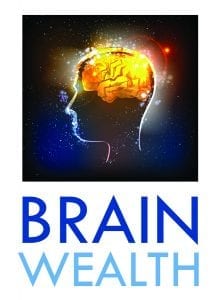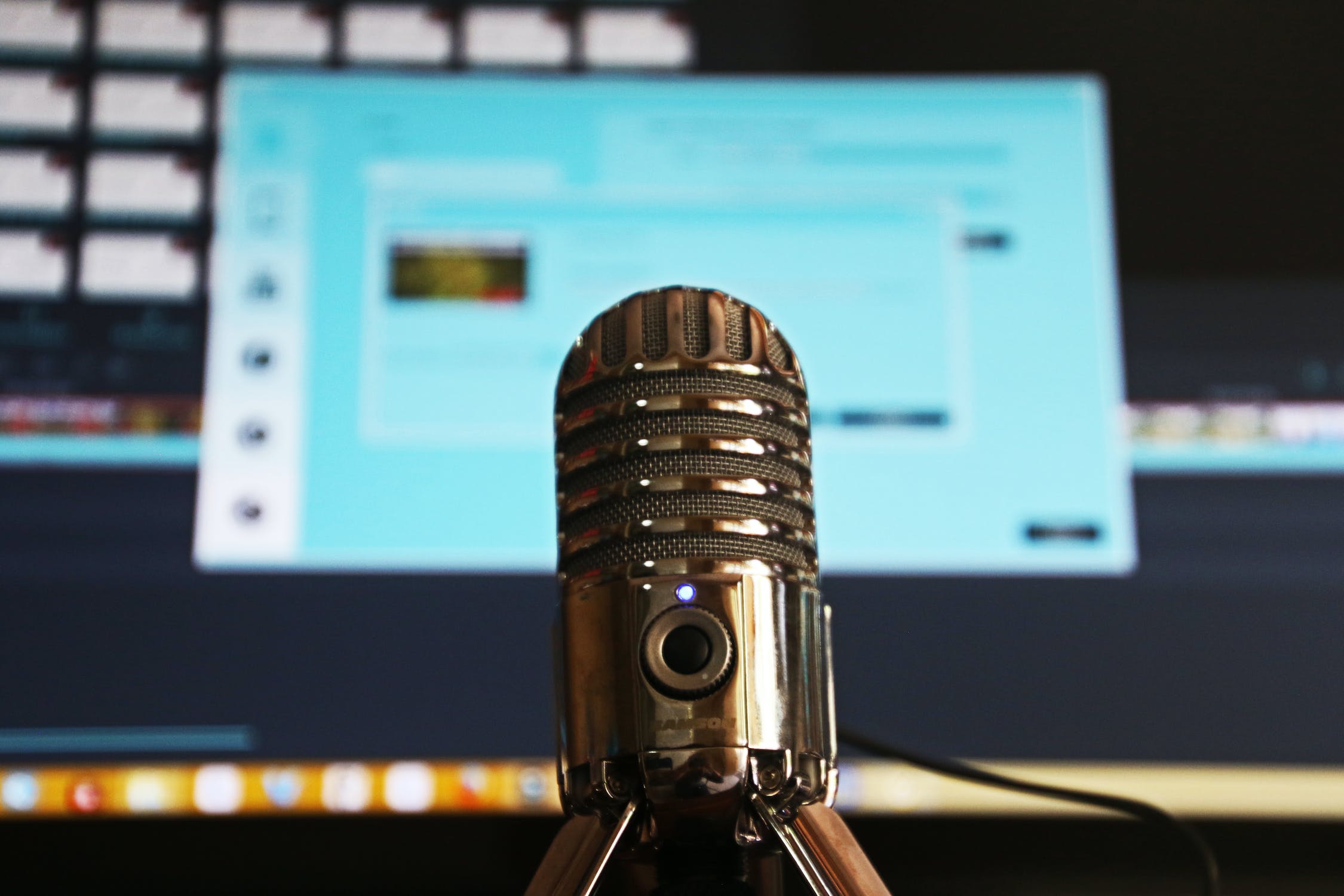
Phyllis Strupp, President of Brain Wealth
Spoiler alert: This article takes a grass-roots perspective on senior living, so don’t bother reading it if you are looking for a view from the top. But if you would like to know more about lifestyle challenges and opportunities through the eyes of your current and future residents, read on.
For the past 11 years, I have worked as a brain training teacher and consultant in Arizona and around the country. Most of the attendees at my programs are people between the ages of 50 and 100 who live at retirement communities and their competitors: gated communities and other private residences.
At retirement communities, most of the people I teach are members of my parents’ generations, the Silent Generation (born 1925–1945) and the GI Generation (1910–1924). I am a Baby Boomer. The most phenomenal challenge to my own work continues to be the difference in values between these three generations, and how it affects brain health.
Our brains are deeply formed by the cultural milieu of the first 20 years of our lives—whether we like it or not. For my parents’ generations, their first 20 years were marked by world wars and economic depression, followed by opportunities such as the GI Bill. Government, the military, the United Nations, and other institutions were the heroes of their cultural story.
As a younger boomer, the first 20 years of my life featured the assassination of President Kennedy, the Vietnam War, the Kent State shootings, the 1973 oil crisis, and the impeachment of Richard Nixon. Rock singers, movie stars, and television personalities were the heroes in my generation’s cultural story. Institutions (especially government and the military) were the bad guys.
Generally, the people I work with over age 70 (no matter where they live) seem happy with a “go along to get along” approach to life. They don’t like to stand out in a crowd. They are averse to trying new activities like art, music, singing, or yoga, if taking up those activities carries the potential for embarrassment. This attitude is deadly for brain health, and it seems to be pervasive in the Silent and GI Generations.
Fortunately, there are some exceptions. I have had the honor to work with several Superagers—people who live long and well over the age of 80 with brains that get better with age. These men and women have made me feel like a teenager!
These Superagers provide good brain-health role models for me, let alone their peers. Most of them are in their 90s and live in retirement communities. They share some characteristics, such as upright posture, a quickness to smile, a genuine concern for others, a willingness to push themselves to do new activities, and a reason for getting out of bed every morning. They are anchored by an inner peace that comes from triumph over adversity. They feel like winners, not losers.
Whatever Kool-Aid the Superagers are drinking, the Baby Boomers want it too. The only problem is that no one knows the recipe.
The Superagers I have met have been living a Superager lifestyle their whole lives. They grew up in extended families, which is what the human brain was built for, so they had good modeling for a socially engaged, brain-friendly lifestyle. For these Superagers, the retirement community or other residence is simply the vessel for getting them where they want to go in life, not the guide for their journey.
Life plan communities. Continuing care retirement communities. Senior living communities. No matter what we call them or how clever the branding, these communities have a dirty little secret: they offer a “cruise ship” lifestyle that does not build Superagers. These communities have become the victims of their own marketing success, giving the Silent and GI Generations what they want, not what they need.
This Lifestyle 1.0 comes with a mind-boggling activity calendar that keeps independent living residents cruising through life. The staff schedules a lot of activities and then waits to see what people show up for.
The primary task of the elder brain—developing and sharing wisdom—gets lost in the shuffle. All too often, residents easily gravitate to a reactive mode of thinking: they grumble, resist change, won’t remember names, rely too much on staff, and offer an “organ recital” to anyone who will listen. All of these behaviors indicate a lazy brain, not a brain that is getting better with age.
Over the past 10 years, many retirement communities where I work have seen boundaries between various levels of care fading away. “Independent living” dining rooms are often full of walkers and motorized scooters. More people arrive in these communities in declining health, because they perceive entering a retirement community as a last resort, not an opportunity to age even better than they can on their own.
The Baby Boomers are going to be even more demanding. They have watched how their parents and grandparents have aged. They want something better. They get it: The brain is at the center of lifestyle, no matter where home is. Use it or lose it. They want a brain-building lifestyle with a shot at winning the aging game as a Superager. They want a rewirement community, not a retirement community.
Boomers want Lifestyle 2.0—a lifeboat that promises to take them somewhere more exciting than the shores of active aging, health, and wellness. They want what ancient societies used to offer to people over 40: rejuvenation. Turn back the clock and reverse the damage of aging on mind and spirit as well as body and brain. Adopt lifestyle practices that lengthen telomeres and boost neuroplasticity.
But wait, there’s more. Boomers also want the four T’s (teachers, techniques, tips, tools) to take charge of their personal life story, and make the next chapter better than the last one. They want to live with peers who lift them up rather than drag them down. They don’t want memory care, they want a plan to stay out of memory care.
Retirement communities are in a much better position to offer Lifestyle 2.0 than other residential communities. The nimble, stand-alone life plan communities that do not have a corporate office seem to be leading the way to the lifeboat lifestyle.
A small but important step in moving toward Lifestyle 2.0. is to introduce a simple framework that empowers individuals to view activities within the context of brain assets and a personal neuroplasticity plan. Then, residents can see activities for what they truly are: the planks of a self-propelled lifeboat that helps brains and residents get better with age.
 Phyllis T. Strupp, MBA, is an award-winning author and brain training expert who teaches how to improve the performance of bran assets. Her 2016 book Better with Age: The Ultimate Guide to Brain Training introduces a pioneering approach to “use it or lose it” based on successful outcomes from her experiences in brain training teaching and consulting. Her background includes a “Brain Research in Education” certificate from the University of Washington in Seattle, an MBA in finance from Columbia University in 1982, and a 30-year career in finance. For more info: www.brainwealth.org.
Phyllis T. Strupp, MBA, is an award-winning author and brain training expert who teaches how to improve the performance of bran assets. Her 2016 book Better with Age: The Ultimate Guide to Brain Training introduces a pioneering approach to “use it or lose it” based on successful outcomes from her experiences in brain training teaching and consulting. Her background includes a “Brain Research in Education” certificate from the University of Washington in Seattle, an MBA in finance from Columbia University in 1982, and a 30-year career in finance. For more info: www.brainwealth.org.
For more information on how Love & Company can help your retirement community reach full occupancy, call either Tim Bracken at 410-207-0013, or Rick Hunsicker at 214-906-3801 today. Or, reach out to us online.




